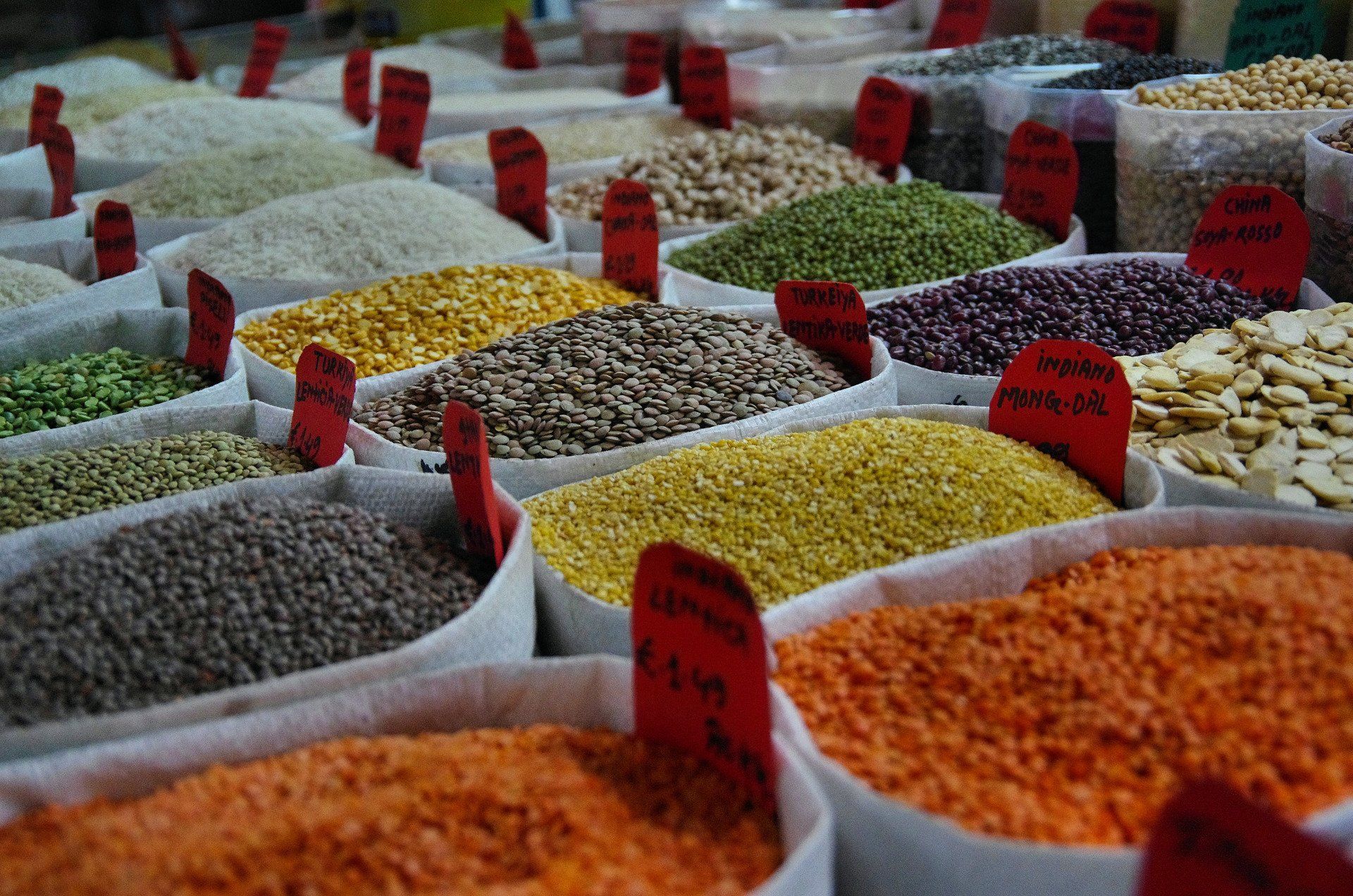Grains and Beans – Good or Bad?

I am frequently asked about grains and beans and if they are “good” or “bad,” particularly when individuals are transitioning to a more healing diet. Whether or not people include these foods in their diets depends on a lot of different variables. Because of the potential for confusion, I wanted to take a moment to provide some information and clarity about these two foods so that optimal decisions can be made on an individual basis.
Are all grains harmful?
The simple answer is no. While wheat and corn DO feed pathogens, gluten-free grains do not. They also do not cause autoimmune conditions or inflammation, despite what you might have read/heard.
Medical medium beans- Medical Medium Rice
The best choices for nutritious grains include organic millet and quinoa. Gluten-free oats (while oats are naturally gluten-free, there can be cross-contamination) and brown rice can also be considered if you are not experiencing any issues/symptoms after eating them. As usual, you’ll want to avoid anything associated with GMOs.
Do I need grains?
Quite honestly, the dietary fiber our bodies need for health comes from fruits and vegetables so eating as many of these foods as possible is optimal for reversing symptoms in the body. Grains also contain fiber, but it’s not a fiber we require to be healthy. High quality, gluten-free whole grains like millet, quinoa, brown rice, teff, gluten-free oats, and amaranth can be part of a healthy diet, so enjoy them if you like them, but they are optional and not necessary for good health.
Should I reduce my grains (including gluten-free / “cleaner” grains)?
Generally speaking, if you find that your meals tend to center around grains, it may be time to consider that the consumption of grains, while they don’t feed the pathogens/viral load, might be preventing you from consuming more nutrient-dense foods such as fruit and veggies. For example, if gluten-free oats are on the breakfast menu every day, there is little room for raw fruit, smoothies, etc.
While grains are nutritious, they don’t offer the healing phytochemicals, antioxidants, and trace minerals of a pint of berries, a pair of apples, or a banana. Most importantly, grains don’t offer antiviral, antibacterial compounds; these compounds found in fruits, herbs, such as celery, leafy greens, vegetables, and sea vegetables are precious and help bring our lives back by reversing chronic illness. -Anthony William
Each time we eat is an opportunity for healing. Choosing LIFE CHANGING foods at every meal and snack is a great place to start. Grains can be used in moderation for most people, as long as you aren’t dealing with any major health issues. If you are in a position health-wise where you’ve got to take a serious look at your diet to begin/continue healing, it may be a good time to reduce or eliminate grains, at least temporarily. Sometimes it is advisable to go grain-free for a period of time. (This might mean grain-free days or grain-free weeks, not a life sentence!) Conditions/symptoms that might require the elimination of grains include strep, eczema, and other skin conditions, and dental issues such as cavities.
Quite simply, this is a good time to consider how you feel! Some people feel good on grains and some do not. It is highly individualized. If symptoms tend to flare up after eating grains, this is a good sign that a change might be necessary. Once the grains are removed, this does not mean you can never have them again! As you see your symptoms improve, you can start to reintroduce a grain at a time and pay attention to how your body reacts (or doesn’t react)!
How can I make the most of eating grains?
If you choose to keep grains in your diet, Anthony has shared that there are a lot of foods and herbs that make the grains work more to our nutritional advantage by synergistically working with grains and eliminating the potential of phytochemicals. Try adding celery (raw or cooked), cucumbers, spinach, watercress, arugula, sprouts, microgreens, parsley, cilantro, tomato, onions, rosemary, avocado, and/or garlic to your grains. More information about how and why these particular additions are helpful can be found in Anthony’s podcast episode, The Truth About Grains .
Also, be mindful that the body has a hard time digesting heavy amounts of protein while digesting starch at the same time. Similarly, people often experience digestive issues from combining radical fats with complex carbohydrates such as grains (for example, mac and cheese, pizza, avocado toast, etc.). As a result, it is best to eat grains on their own.
Healthy Grain Recipe Suggestion
Tired of the same old breakfast cereal? Not only do many kinds of cereal contain an over-abundance of sugar, but they also tend to be highly processed, devoid of much nutritional value, and centered around less clean grains like wheat and corn. Why not trying swapping your usual fare for these delicious quinoa apricot breakfast bars ? Garnish with apricots, sunflower seeds, blueberries, and/or coconut flakes—whatever you have handy!
What’s the deal with beans?
Similar to grains, beans do not feed pathogens directly, but they are not a powerful cleansing food. If you are experiencing digestive issues after eating beans, or wish to complete a more structured cleanse, it may be a good time to eliminate them (again, temporarily).
It takes a stronger level to break down the proteins of beans, and most people are living with lower levels of hydrochloric acid, making beans harder to digest. -AW
What if I choose to keep beans in my diet?
It may be helpful to know that legumes such as lentils tend to be easier to digest, particularly when sprouted (in fact, sprouted lentils, beans, and chickpeas are recommended over unsprouted). Both lentils and chickpeas are lower in fat than other beans (e.g., red kidney beans, black beans, white beans, etc.) and are preferred choices when considering the workload of the liver.
Consider adding beans to meals filled with vegetables to get the most benefit from them, such as in soups and salads. Yum! Another thought is to substitute foods such as potatoes and avocados in place of beans when possible so as to not eat beans in excess.
Most importantly, be sure to monitor how you feel when including beans in your diet. A food diary might help you to see if any issues you experience might be associated with beans. Check out our most recent blog for digestive red flags you should be looking for. Similar to grains, as you see your symptoms improve, you can start to reintroduce beans, and remember to pay attention to how your body reacts (or doesn’t react)!
Bean & Legume Recipe Suggestions
Here are some recipes you might want to try if you are interested in keeping beans in your diet. Many of these could make a great side dish, lunch, or dinner.
Black Bean Soup
Mediterranean Cannelloni Bean Soup (beans optional)
Mediterranean Cannelloni Bean Soup (beans optional)

